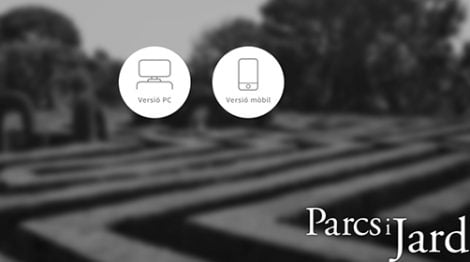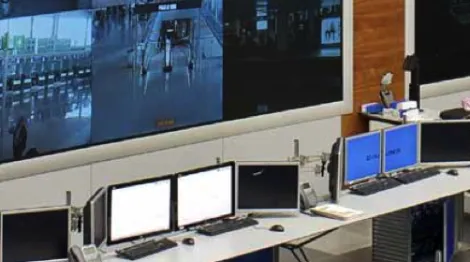5 Key Benefits of a Mobility Tool in Maintenance
A mobility tool for maintenance management in a technician's daily work will not only allow the technician to have all the information available in the field, but will also allow them to digitize thei...


In a previous post, entitled: MOBILITY TOOL FOR MY CMMS?, we discussed the importance of having a mobility tool for maintenance management and the functionalities it should have. As I mentioned in it, the implementation of these solutions complementary to the CMMS is key to empowering field personnel and transforming their access to all the necessary information at the equipment level (Work orders, manuals, diagrams, plans, procedures…).
A mobility tool for maintenance management in a technician’s daily work will not only allow the technician to have all the information available in the field, but will also allow them to digitize their workplace and daily tasks.
To delve deeper into this aspect, we will now list and discuss the 5 main benefits of implementing this type of tool in an organization:
1 Increased Productivity of Field Personnel
The maintenance technical personnel will avoid making unnecessary trips to obtain the information they require in the field or to pick up the work orders assigned to them. It is estimated that approximately 10-15% of the technical personnel’s time is lost in unnecessary travel. This time is increased when they need to locate information to perform maintenance (plans, single-line diagrams, manuals, procedures…). By having all this information in the field and digitized, the field technician will be able to access it through the mobile tool. At the same time, field personnel will have videos, images, and digitized procedures to guide them through the maintenance.
All of this will allow to increase the productivity of field personnel in a substantial way, reaching 30% in some cases.
2 Substantial Reduction of Administrative Hours
Apart from eliminating the use of paper, one of the main factors that encourage organizations to invest in a mobility tool is the reduction of administrative hours associated with the management of maintenance. When a mobility tool is not available, many hours are spent transferring data from completed work orders from paper to the CMMS system. In some organizations, this work is carried out by the field technicians themselves, and in others, administrative personnel are hired. Either option increases the direct or indirect costs of maintenance.
By having a mobility tool, the solution directly records the results obtained when performing the work order, the materials used, the labor employed, the requested statistical data, work requests associated with the WO, etc. In addition, it allows technicians to attach photographs and videos to the work order to report to the maintenance manager the results or additional information for the management of new work requests arising from the work performed.
The number of hours for the management of all this information over a year is very high and it is possible to eliminate it only with the implementation of a mobility tool.

3 Improvement in the Training of New Field Personnel
As mentioned in point 1, the mobility tool will allow field personnel to have all the necessary information at the equipment level, including videos, photos, and procedures.
Many organizations take advantage of this capability of the mobility tool to train technical personnel recently incorporated into the organization. Thanks to the recording of detailed videos and the availability of procedures in the field, new technicians can perform certain maintenance activities autonomously and self-train without requiring prior training by more experienced personnel.
4 Collection and Digitization of Data from Non-Instrumented Equipment
In preventive maintenance work orders, field data related to the organization’s assets are usually requested. This data can range from measurements (temperatures, pressures, liters of some liquid substance, …) to meter readings (hours worked, start cycles, kilometers, consumption …).
With the mobility tool it is possible to capture all this data and digitize it for its subsequent exploitation in the CMMS system. In this way, it is possible to automatically generate preventive maintenance work orders associated with statistical rules of these data collected in the field, thus obtaining a more automated and proactive maintenance. We could say that it is the first step towards condition-based maintenance.
5 Reduction of Maintenance Costs
As a final benefit to highlight, we will briefly discuss the reduction of maintenance costs, the ultimate goal of any implementation of new technologies in organizations.
In the previous points, we have seen how a mobility tool will allow us to increase productivity, reduce administrative hours, train new technical personnel, and collect and digitize field data. Well, as is logical, all the points described above have a direct impact against the costs associated with maintenance.
Therefore, we can conclude that with the implementation of a mobility tool we will significantly reduce the maintenance costs of the organization while incorporating important improvements in maintenance management.
Do not hesitate to contact us for any questions you may have about mobility tools for industry.





